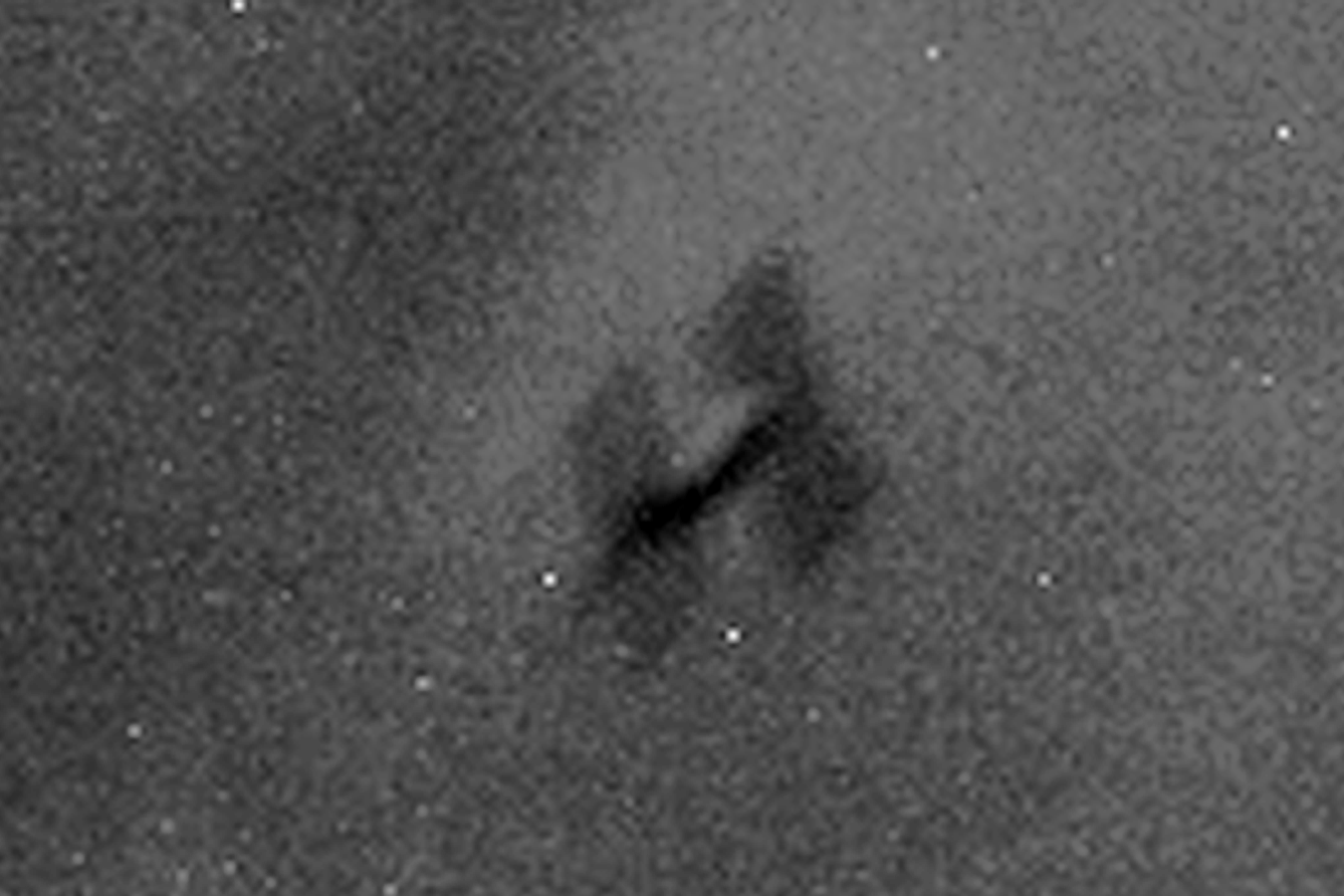Satellite crash – live: Out-of-control ERS-2 falls to Earth

An out-of-control satellite has fallen to Earth, nearly three decades after it launched.
The ERS-2 satellite, which served as an observation platform after launching in 1995, landed in the Pacific Ocean between Alaska and Hawaii on Wednesday.
The European Space Agency (ESA) said the risks associated with the two-tonne satellite were “very low”, however there was still a chance that fragments could hit populated areas.
Mirko Albani from ESA’s Earth Observation Ground Segment Department said: “It’s worth highlighting that none of the elements that might re-enter the atmosphere (and reach the surface) are radioactive or toxic.”
The predicted time for the satellite entering the Earth’s atmosphere was originally 3.49pm GMT (10.49 EST) on Wednesday, however it remained orbiting the planet for up to an hour.
You can follow all the latest news, updates and developments of the ERS-2 satellite as it heads towards Earth in our live blog below.
Satellite crash live: How to prevent this happening again
We’re approaching the window in which the ERS-2 satellite could reenter the Earth’s atmosphere, according to ESA’s latest calculations.
It’s an approximately 3.5 hour window, starting from around 2pm GMT, that we might see the defunct satellite drop from orbit.
The uncertainty of today’s satellite reentry, together with the associated risks, may soon be a thing of the past. Researchers from various institutions and startups are currently working on technology to better eliminate space junk.
Last month, a Japanese startup unveiled a plan to shoot down space junk using lasers developed for nuclear fusion power. Osaka-based EX-Fusion is taking a novel ground-based approach to dealing with the issue of debris in Earth’s orbit after developing one of the world’s most powerful lasers for the next-generation power source.
You can read more about the effort here:
Nuclear fusion laser could shoot down space junk
Experts warn of a looming catastrophe if the trillions of pieces of satellite debris in Earth’s orbit is not addressed
Satellite crash live: Watch ERS-2 pass overhead
The window for ERS-2’s possible reentry is now open, meaning it could enter the Earth’s atmosphere anytime between now and 5.30pm GMT.
While we wait, you can watch a video shared by the European Space Agency’s Earth Observation centre in Italy. It shows the doomed satellite passing overhead in real-time.
Satellite crash live: What to expect
We’re still waiting to hear from the European Space Agency on the fate of the ERS-2 satellite.
Whenever it deorbits, it may take days, or even weeks, to recover any fragments, presuming some fall on land. If they go into the ocean, there’s a chance they may be lost forever. Obviously, if it falls over anywhere populated, we’ll be hearing about it almost immediately.
Here’s a reminder of what the ESA expects to happen: “The vast majority of the satellite will burn up, and any pieces that survive will be spread out somewhat randomly over a ground track on average hundreds of kilometres long and a few tens of kilometres wide.”
Satellite crash live: ERS-2 deorbit underway
According to the European Space Agency’s estimates, the ERS-2 satellite should be re entering the Earth’s atmosphere at 3.41pm GMT, which is right now.
We’re still waiting for official confirmation from the ESA.
Satellite crash live: Tracker shows ERS-2 clearing US
The ERS-2 satellite has cleared Canada and the United States and is now over the Pacific Ocean, according to satellite tracking site Satflare.
This means it should pose no risk to human life if any fragments survive reentry. If it makes it over the Pacific, the next land will be the Antarctic, before crossing over the Southern Ocean and Indian Ocean and over east Africa.
Satellite crash live: ESA gives latest update
The ESA has just posted to X (formerly Twitter) to tell us that the ERS-2 satellite still seems to be orbiting Earth.
“Nothing to report as of yet,” the space agency writes.
Satellite crash live: ERS-2 heading for Point Nemo
The ERS-2 satellite appears to have made it over the North Pacific Ocean and is now passing close to Point Nemo - the point on Earth that is furthest away from land.
This area is also known as Spacecraft Cemetary, as defunct satellites, spacecraft and even space stations have been ditched there in the past.
If ERS-2 were to come down now, ESA would not have been able to plan it better if they had control of it.
Satellite crash live: ERS-2 heads over South Pole
The ERS-2 is currently making its way over the South Pole. According to the European Space Agency’s previous forecast, it has no more than one hour left to go. It will more likely be a matter of minutes.
Satellite crash live: ERS-2 tracker shows space junk clearing land
The ERS-2 satellite has once again cleared land, albeit the most sparsely populated continent on the planet.
Satflare shows it now heading north up the Southern Ocean , with its trajectory putting it on course for the east coast of Africa.
Mozambique will be the first country it crosses, followed by Zambia, Malawi, Tanzania, Burundi and Rwanda.
The European Space Agency has warned that any fragments could fall across a radius of tens of kilometres from that line.
Satellite crash live: ERS-2 tracker shows it heading over Africa
It looks likely that the ERS-2 will be reentering the Earth’s atmosphere over land.
As it heads over Africa it will travel north until a brief crossing of the Mediterranean and over Europe.
This red line shows the path it will take:
Subscribe to Independent Premium to bookmark this article
Want to bookmark your favourite articles and stories to read or reference later? Start your Independent Premium subscription today.

Join our commenting forum
Join thought-provoking conversations, follow other Independent readers and see their replies